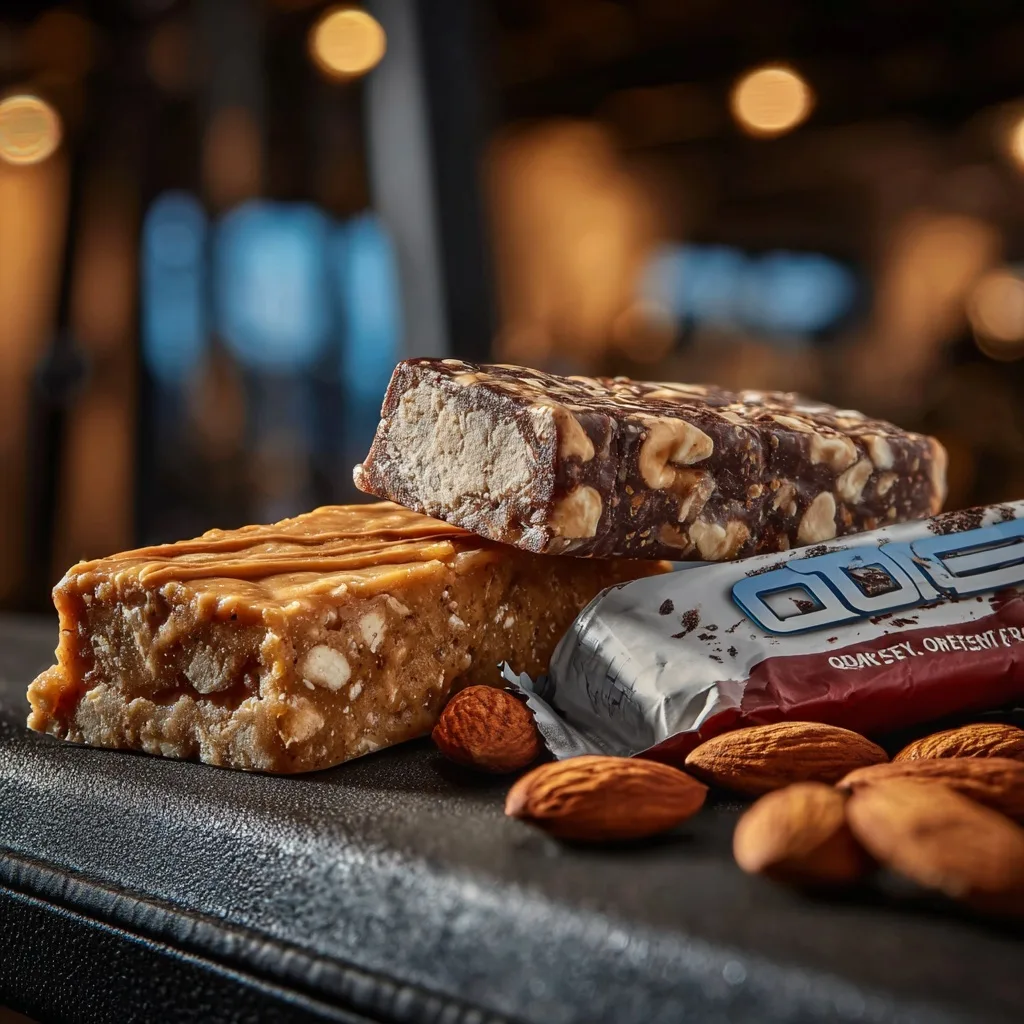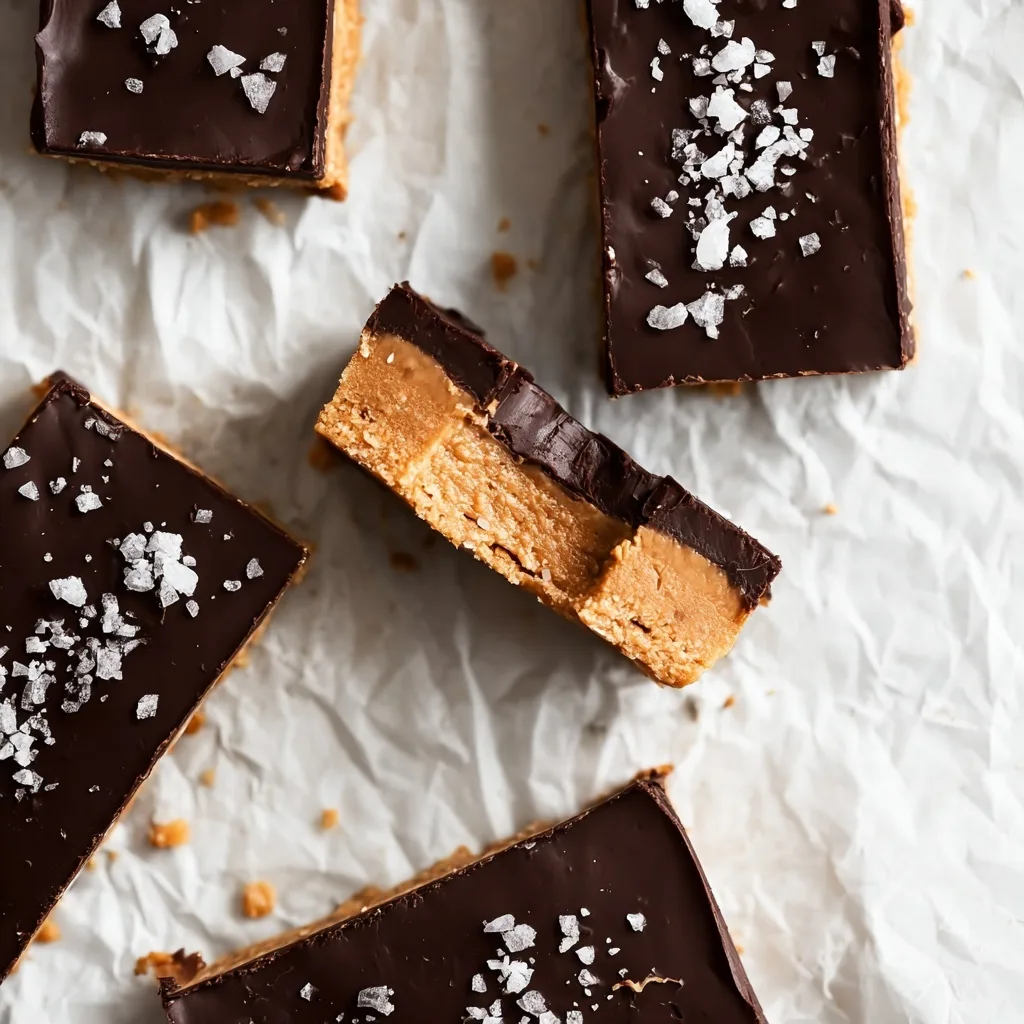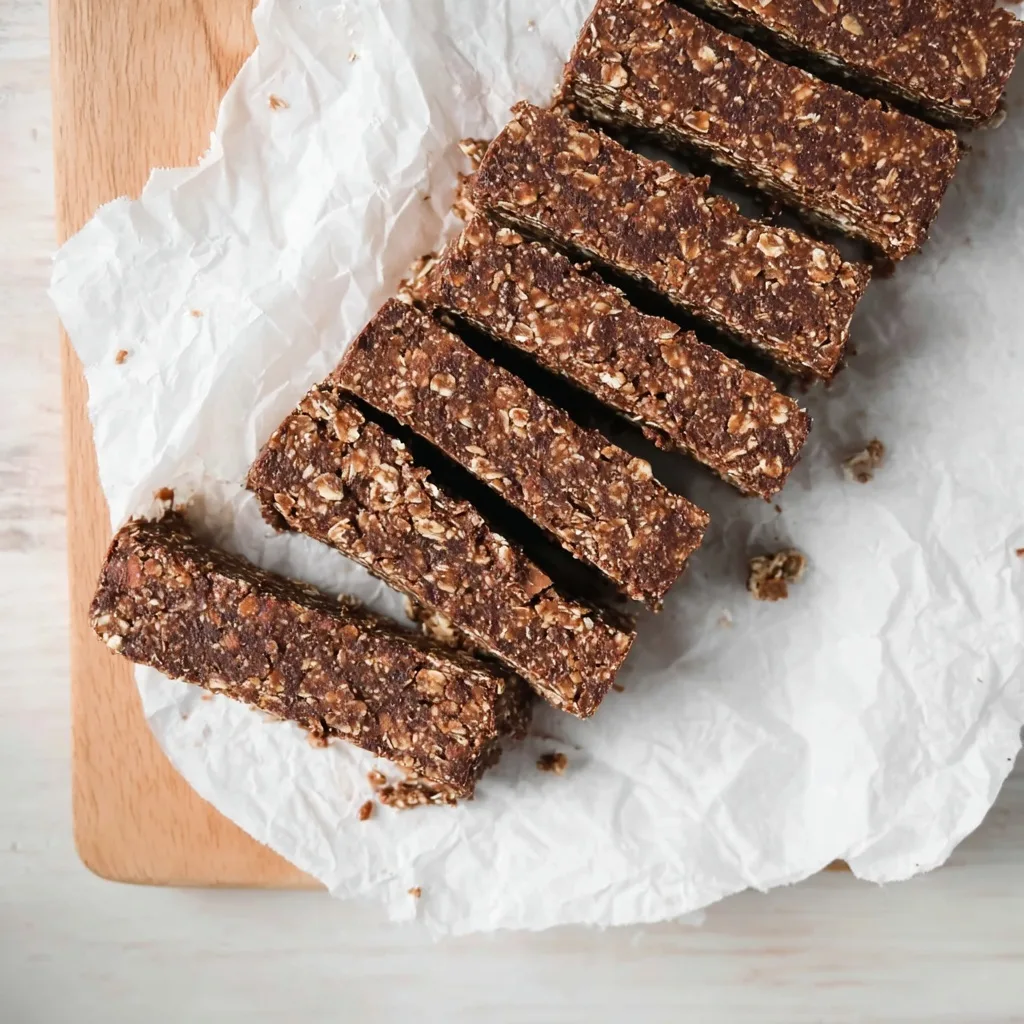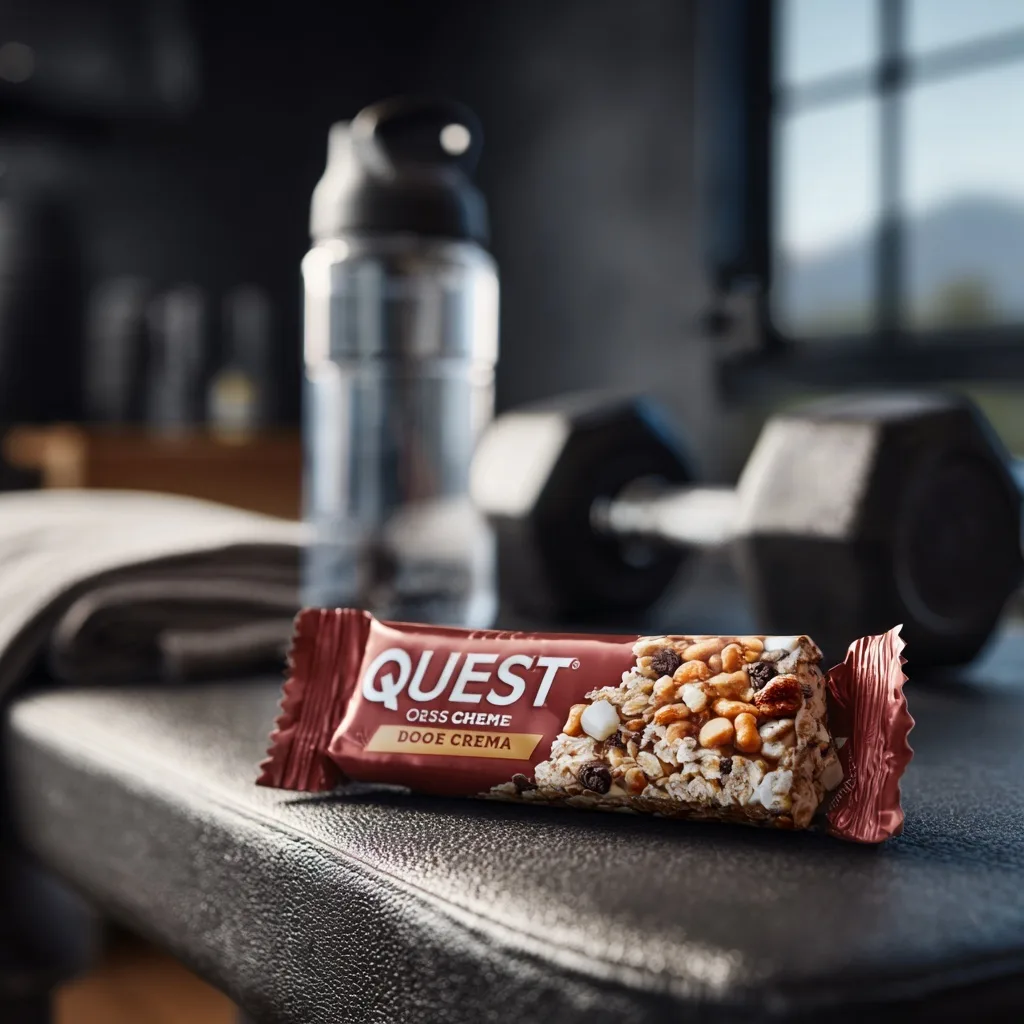High protein snack bars have become a staple for athletes, bodybuilders, and busy professionals who need muscle-fueling nutrition on the go. Whether you’re bulking up, cutting fat, or just trying to get more protein into your day, the right bar can make all the difference. In this article, you’ll discover three top-rated snack bars designed for muscle gain: a homemade peanut butter protein bar, a low-sugar chocolate almond bar, and the popular Quest Bar (Cookies & Cream).
We’ll cover nutrition, ingredients, pros and cons, and when to eat them for the best results. Plus, we’ll answer the most common questions people ask about protein bars for fitness.
Looking for inspiration? Try our 25 High Protein Snacks for Muscle Gain to Maximize Recovery & Results

Table of Contents
Why High Protein Snack Bars Are Ideal for Muscle Gain
The Role of Protein in Muscle Recovery and Growth
Let’s be honest building muscle doesn’t happen by accident. Your body needs protein to grow, repair, and maintain lean muscle tissue, especially after resistance training. The amino acids in protein are the building blocks your muscles crave after a hard workout. But here’s the thing: timing matters. Consuming high protein snack bars within 30 to 60 minutes post-exercise can jumpstart muscle protein synthesis, speeding up recovery and enhancing gains.
Even if you’re not an athlete, your body still needs protein to keep metabolism firing, maintain muscle mass during fat loss, and support everyday cellular functions.
For active individuals, getting enough protein consistently throughout the day is key not just chugging a shake post-workout. That’s where high protein bars come in handy.
Protein provides the amino acids your body needs to repair and rebuild muscle tissue. After a workout, your muscles enter a recovery phase where they require fast-absorbing protein.
According to Healthline, getting enough daily protein especially post-exercise is essential for muscle recovery and growth.
Need fresh ideas? Explore our Dill Pickle Deviled Eggs – High-Protein Snack with a Tangy Twist
Why Snack Bars Are Convenient for Active Lifestyles
If you’re constantly on the move running between the gym, work, or errands it’s not always realistic to sit down for a grilled chicken breast and steamed broccoli. That’s where snack bars shine.
High protein snack bars are compact, portable, and require zero prep. You can toss them in your gym bag, keep a stash at your desk, or carry them while traveling. Plus, most bars are shelf-stable and don’t require refrigeration, making them an ideal grab-and-go fuel source.
A quality bar with at least 15–20g of protein can act as:
- A post-workout recovery snack
- A midday meal bridge to curb cravings
- A pre-workout fuel-up to keep you energized
And let’s be real sometimes you’re hungry now, and cooking isn’t an option.
Discover great ideas like our 3 High Protein Trail Mix & Nut Snacks for Energy
One more thing: Not all protein bars are created equal. That’s why the next sections break down the best homemade, low-sugar, and store-bought options so you can make informed decisions for your muscle-building journey.
Key Nutrients to Look For in High Protein Bars
Protein Quality: Whey, Casein, or Plant-Based
When choosing a high protein snack bar, it’s not just about how much protein it’s about what kind of protein. The source matters more than you might think.
Here’s a quick breakdown of common protein types used in snack bars:
| Protein Type | Absorption Speed | Best Use Case |
|---|---|---|
| Whey Isolate | Fast | Post-workout recovery |
| Casein | Slow | Nighttime or long-lasting satiety |
| Plant-Based | Moderate | Vegan or dairy-sensitive diets |
| Milk Protein | Mixed (whey + casein) | Balanced use throughout the day |
- Whey Protein Isolate is ideal for building muscle fast because it’s absorbed quickly and is rich in branched-chain amino acids (BCAAs).
- Casein Protein digests slowly, making it great for keeping you full longer ideal before bed or between meals.
- Plant-Based Proteins like pea, brown rice, or hemp are great for vegans, but they should be combined to ensure a full amino acid profile.
When reading the label, aim for a bar that lists protein first in the ingredient list this shows it’s not just an afterthought.
Carb, Fat, and Fiber Balance for Optimal Muscle Support
Many snack bars look healthy but are really just candy bars with a protein sprinkle. To build lean muscle without unnecessary fat gain, keep an eye on macros. Here’s what to look for in a muscle-focused protein bar:
- Carbohydrates: Around 15–25g per bar is perfect, especially post-workout to replenish glycogen stores. Avoid bars that rely on refined sugars.
- Fats: Go for healthy fats from almonds, peanuts, or flaxseeds around 5–10g per bar supports hormone function.
- Fiber: Look for at least 3–5g per serving to aid digestion and support blood sugar stability.
| Nutrient | Ideal Amount per Bar | Why It Matters |
|---|---|---|
| Protein | 15–25g | Muscle growth & repair |
| Carbs | 15–25g | Energy replenishment |
| Fat | 5–10g | Hormone & brain health |
| Fiber | 3–5g | Satiety & gut health |
Hidden red flags to avoid:
- High fructose corn syrup
- Artificial sweeteners like sucralose
- Hydrogenated oils
- “Natural flavors” without disclosure
Don’t miss our 3 High Protein Dairy Snacks for Recovery and Lean Muscle for more whole-food protein options.
Homemade Peanut Butter Protein Bars (Best DIY Option)
Benefits of Homemade Over Store-Bought Bars
Making your own homemade protein bars gives you full control over what goes into your body. Unlike many commercial bars that are filled with hidden sugars, artificial preservatives, or low-quality protein sources, homemade bars can be clean, high in quality, and tailored to your fitness goals.
Here’s why homemade bars are worth considering:
- Custom macros – You can adjust the protein, carbs, and fats based on your training phase (bulking or cutting).
- No additives – Skip artificial sweeteners, synthetic fibers, and preservatives.
- Cost-effective – Making a batch of 8–10 bars at home costs a fraction of buying branded ones.
- Flavor control – Add dark chocolate, oats, chia seeds, cinnamon, or even protein crisps for texture.
Looking for inspiration? Try our 3 High Protein Egg Snacks for Strength and Recovery.
Simple Peanut Butter Protein Bar Recipe (Step-by-Step)
This is one of the easiest and most delicious high protein snack bars you can make at home, especially if you’re aiming for muscle gain. It uses just a few pantry staples, and you don’t even need to bake it.

Simple Peanut Butter Protein Bar Recipe (Step-by-Step)
This simple no-bake peanut butter protein bar recipe is perfect for muscle gain and meal prep. Packed with high-quality protein, healthy fats, and fiber, it’s ideal for pre- or post-workout fuel.
- Prep Time: 10 minutes
- Cook Time: 0 minutes
- Total Time: 10 minutes
- Yield: 8 bars 1x
- Category: Snack, Post-Workout
- Method: No-Bake
- Cuisine: American
Ingredients
1 cup natural peanut butter (no added sugar)
½ cup vanilla whey protein powder (or chocolate)
½ cup rolled oats
¼ cup honey or sugar-free maple syrup
1 tablespoon chia seeds
Optional: pinch of sea salt or cinnamon
Instructions
Step 1 – Combine Wet Ingredients
In a large bowl, mix the natural peanut butter and honey (or sugar-free maple syrup) until the mixture is completely smooth and creamy.
Step 2 – Add Dry Ingredients
Add the protein powder, rolled oats, and chia seeds into the bowl. Stir until all ingredients are fully combined into a thick dough.
Step 3 – Shape the Bars
Press the mixture firmly and evenly into a parchment-lined baking pan or dish, smoothing the top with a spatula.
Step 4 – Chill to Set
Refrigerate the pan for at least 1 hour, or freeze for 30 minutes, until the bars are firm and easy to cut.
Step 5 – Slice and Store
Remove from the pan and slice into 8 bars. Wrap each bar individually in parchment paper or foil. Store in the refrigerator for up to 1 week or freeze for longer shelf life.
Notes
You can store these bars in the refrigerator for up to 7 days or freeze for up to 3 months. To boost flavor, add a dash of cinnamon or vanilla extract. Use almond butter as an alternative if desired.
Nutrition
- Serving Size: 1 bar
- Calories: 210
- Sugar: 4g
- Sodium: 90mg
- Fat: 11g
- Saturated Fat: 2g
- Unsaturated Fat: 8g
- Trans Fat: 0g
- Carbohydrates: 12g
- Fiber: 4g
- Protein: 16g
- Cholesterol: 10mg
Storage Tips for On-the-Go Snacking
Homemade bars stay fresh in the fridge for up to 7 days and in the freezer for 3–4 weeks. For portability:
- Wrap each bar in parchment paper or foil
- Store in a zip-top freezer bag or airtight container
- Keep one or two in your gym bag or work drawer
This makes them perfect for a pre- or post-workout snack, or even as a protein-rich travel option.
Check out our 3 Vegan High Protein Snacks That Build Muscle for plant-based snack prep ideas.
Low-Sugar Chocolate Almond Protein Bars (Best for Cutting Phase)
Why Low Sugar Matters for Lean Muscle Gains
Sugar may give you a quick energy boost but too much of it can sabotage your goals, especially during a cutting phase. Eating bars with high sugar content can spike insulin levels, promote fat storage, and lead to energy crashes later.
That’s where low sugar protein bars come in. By minimizing added sugar while maintaining high protein content, these bars fuel your muscles without unnecessary calories.
Choosing a low sugar chocolate almond protein bar helps:
- Maintain stable blood sugar levels
- Reduce fat gain during a calorie deficit
- Increase satiety without spiking insulin
- Support lean muscle preservation
If you’re aiming for that shredded look, low-sugar snacks should be a part of your daily strategy.
Craving something new? Discover our Classic Greek Yogurt Deviled Eggs (No Mayo, Just 5 Ingredients!)

Low-Sugar Chocolate Almond Protein Bars
These Low-Sugar Chocolate Almond Protein Bars are the perfect snack for anyone looking to build lean muscle without spiking blood sugar. They’re made with clean ingredients, are naturally sweetened, and are packed with protein and fiber to support energy and recovery.
- Prep Time: 10 minutes
- Cook Time: 0 minutes
- Total Time: 10 minutes
- Yield: 8 bars 1x
- Category: Snack, Protein
- Method: No-Bake
- Cuisine: American
Ingredients
1 cup almond butter (unsweetened)
½ cup chocolate whey or plant-based protein powder
⅓ cup unsweetened cocoa powder
½ cup chopped almonds
¼ cup sugar-free maple syrup or liquid monk fruit sweetener
1 tbsp ground flaxseed or chia seeds
¼ tsp sea salt
1 tsp vanilla extract
Optional: 1 tbsp mini dark chocolate chips (sugar-free)
Instructions
Step 1 – Mix Wet Ingredients
In a large bowl, combine almond butter, sweetener, and vanilla extract until smooth.
Step 2 – Add Dry Ingredients
Add protein powder, cocoa powder, flaxseed, and sea salt. Mix until thick. Fold in chopped almonds and optional chocolate chips.
Step 3 – Press & Set
Press the mixture evenly into a parchment-lined baking dish. Flatten the top using a spatula.
Step 4 – Chill
Place in the refrigerator for 1–2 hours, or until firm.
Step 5 – Slice & Store
Slice into 8 bars. Wrap individually and store in the fridge for up to 7 days or freeze for up to 2 months.
Notes
These bars are low in sugar and rich in healthy fats and fiber ideal for anyone on a low-carb or cutting plan. You can swap almond butter for peanut butter or add hemp seeds for an extra protein punch.
Nutrition
- Serving Size: 1 bar
- Calories: 205
- Sugar: 2g
- Sodium: 95mg
- Fat: 10g
- Saturated Fat: 2g
- Unsaturated Fat: 7g
- Trans Fat: 0g
- Carbohydrates: 10g
- Fiber: 9g
- Protein: 18g
- Cholesterol: 5mg
Learn more about our 4 High Protein Dessert Snacks to Curb Cravings.
How These Bars Fit Into Your Daily Macros
When tracking macros for fat loss or lean muscle gain, protein bars with low sugar and moderate fat help you stay full longer without blowing your carb budget.
Here’s how to include these bars into your daily nutrition:
| Goal | When to Eat It | Pair With |
|---|---|---|
| Cutting (fat loss) | Mid-afternoon or post-workout | Black coffee or green tea |
| Lean bulk | Post-lunch or before bed | Greek yogurt or boiled eggs |
| Maintenance | Morning snack | Handful of almonds or berries |
These bars are also great when cravings hit. The chocolate-almond combo satisfies your sweet tooth while keeping your diet clean.
Don’t miss our 3 High Protein Jerky Snacks for Muscle Growth for high-protein, low-sugar options that pair well with bars.
Quest Bar (Cookies & Cream) – A Trusted Favorite
Overview of Quest Bar Nutrition Facts
When it comes to store-bought protein bars, few brands are as popular and widely accepted in the fitness world as Quest Bars. Among their flavors, Cookies & Cream stands out not just for its dessert-like taste, but also for its nutritional profile geared toward muscle gain.
Nutrition per bar (60g):
- Calories: 200
- Protein: 21g (milk protein isolate + whey protein isolate)
- Net Carbs: 4g
- Sugar: <1g
- Fiber: 14g
- Fat: 9g
With a stellar protein-to-carb ratio and low sugar content, this bar fits both bulking and cutting phases. It’s especially great for those following low-carb or keto-style diets while trying to maintain muscle mass.
Searching for your next favorite? Browse our Spinach & Feta Egg Muffins – Meal Prep Snack with Mediterranean Flair

Pros & Cons Based on Performance Goals
No protein bar is perfect, but Quest’s Cookies & Cream comes close for many fitness-focused individuals. Here’s how it stacks up:
✅ Pros:
- High in complete proteins (milk & whey isolates)
- Extremely low in sugar (<1g)
- Rich in fiber, helping to reduce cravings
- Easily available in most grocery and supplement stores
- Dessert-like taste without the guilt
❌ Cons:
- Contains sugar alcohols (erythritol, sucralose), which may cause bloating in sensitive individuals
- Some find the texture too chewy or artificial
- Higher price point compared to homemade options
Pro Tip: Pair this bar with black coffee or unsweetened almond milk post-workout for a delicious, muscle-repairing mini-meal.
Real-World User Reviews and Fitness Community Feedback
Fitness forums, bodybuilding subreddits, and Amazon reviews often praise Quest Bars for their taste and macro balance. Cookies & Cream consistently ranks as a top choice for flavor, especially for those with a sweet tooth.
Athletes and gym-goers appreciate the fact that one bar offers over 20g of protein without spiking insulin making it ideal before bed, after a workout, or between meals.
Reddit user “FitFuel247” says:
“Quest Bars are my go-to when I travel or need something quick post-leg day. Cookies & Cream actually tastes like dessert, and it keeps me full.”
That’s a big win when your goal is lean muscle gain without unnecessary snacking.
With homemade, low-sugar, and store-bought options now fully covered, the next section (if you choose to continue) will compare all three protein bars side by side in terms of nutrition, taste, texture, and fitness goal alignment.
Ready to shake things up? Dive into our Mushroom Turkey Egg Muffins – The Smartest High Protein Snack You’ll Love.
Comparing the Top 3 Protein Bars for Muscle Building
Nutritional Comparison Table: Calories, Protein, Sugar
To find the best protein bars for muscle gain, it’s critical to compare their macros side-by-side. Here’s a breakdown of the homemade peanut butter, low-sugar chocolate almond, and Quest Bar (Cookies & Cream).
| Bar Type | Calories | Protein | Sugar | Fiber | Fat | Net Carbs |
|---|---|---|---|---|---|---|
| Homemade Peanut Butter Bar | 210 | 16g | 4g | 4g | 11g | ~10g |
| Low-Sugar Chocolate Almond Bar | 200 | 18g | 2g | 10g | 9g | 5g |
| Quest Bar (Cookies & Cream) | 200 | 21g | <1g | 14g | 9g | 4g |
Takeaway:
- Quest Bar wins for highest protein and lowest sugar, ideal for cutting or maintaining.
- Homemade offers cleaner ingredients and slightly higher healthy fats perfect for bulking or all-natural diets.
- Chocolate Almond sits in the middle a strong all-around bar with a sweet taste and fiber boost.
Best Choice for Bulking vs. Cutting
| Goal | Recommended Bar | Why It Works |
|---|---|---|
| Bulking | Homemade Peanut Butter Bar | Higher fat, moderate carbs = more calorie-dense |
| Cutting | Quest Bar (Cookies & Cream) | High protein, ultra-low sugar & net carbs |
| Balanced | Low-Sugar Chocolate Almond Protein Bar | Moderate macros, rich in fiber |
For bulking, the extra calories and fats in homemade bars are an advantage. If you’re cutting, Quest keeps your macros tight without compromising on taste. Looking for daily variety? Rotate all three depending on training intensity and appetite.
Texture, Taste, and Portability Rankings
These bars differ not just in macros, but in how they feel and taste something people often overlook when choosing a protein bar for regular use.
| Factor | Homemade | Chocolate Almond | Quest Bar |
|---|---|---|---|
| Texture | Soft, chewy, dense | Slightly crunchy, smooth | Chewy, firm |
| Taste | Natural, nutty-sweet | Chocolatey, satisfying | Dessert-like, intense |
| Portability | Needs cooling (mild) | Room temp safe | Excellent travel option |
So, which is the best high protein snack bar for you?
That depends on your fitness goal, taste preferences, and schedule. But now, you have the information to choose wisely and fuel your gains, wherever life takes you.
Want something different? Explore our Sriracha Greek Yogurt Deviled Eggs – Spicy Snack with Protein Boost.
FAQ Section
What makes a protein bar good for muscle gain?
A protein bar is good for muscle gain when it contains high-quality protein (like whey isolate or milk protein), a sufficient amount (15–25g), and minimal added sugars. Ideally, it should also include healthy fats, moderate carbs, and fiber to support digestion and energy balance. Look for bars with a complete amino acid profile and avoid artificial fillers.
How much protein should be in a muscle-building snack bar?
To effectively support muscle building, your snack bar should contain at least 15g of protein per serving. Bars with 20–25g of protein are ideal for post-workout recovery. It’s also important to consider the type of protein whey, casein, or a complete plant-based blend offer better results for muscle repair.
Are low-sugar protein bars good for cutting fat?
Absolutely. Low-sugar protein bars help regulate insulin levels and prevent fat storage, making them ideal during a cutting phase. Look for bars with less than 3g of sugar, no high-fructose corn syrup, and sweetened with alternatives like stevia or monk fruit.
Can I replace meals with protein bars for bulking?
Protein bars can serve as a meal replacement in a pinch, especially during bulking phases when calorie and protein intake are high. However, they shouldn’t replace whole-food meals regularly. Use them to supplement meals or as strategic snacks between breakfast, lunch, and dinner.
Are homemade protein bars better than store-bought?
Homemade protein bars are often healthier and more customizable. You control every ingredient, avoiding preservatives, sugar alcohols, and hidden fillers. Plus, you can tailor the macros to fit your current goals whether you’re bulking, cutting, or maintaining.
What is the best time to eat protein bars for gains?
The best time to eat a protein bar is 30–60 minutes post-workout when your muscles are primed for recovery. They’re also effective as mid-morning or mid-afternoon snacks, helping you hit daily protein targets without preparing full meals.
Looking for full-body support throughout your day? Check out our 3 High Protein Smoothies for Muscle Recovery.
Conclusion
High protein snack bars for muscle gain aren’t just trendy they’re practical, powerful, and proven. Whether you’re trying to pack on lean mass, maintain your muscle while cutting, or simply stay fueled between meals, the right protein bar can make all the difference.
- The homemade peanut butter protein bar is perfect for those who want clean, budget-friendly, and customizable nutrition.
- The low-sugar chocolate almond bar is your go-to for lean muscle gains and fat loss.
- And the Quest Bar (Cookies & Cream) delivers convenient, on-the-go recovery in a delicious dessert-style format.
So, which one suits you best? Try them all. Rotate based on your day, your workout, or your cravings. The key is consistency and now, you’ve got three powerful options to keep your protein intake on point.
Searching for your next favorite? Browse our Broccoli Cheddar Egg Muffins – The Simple, Protein-Packed Breakfast You’ll Crave.

